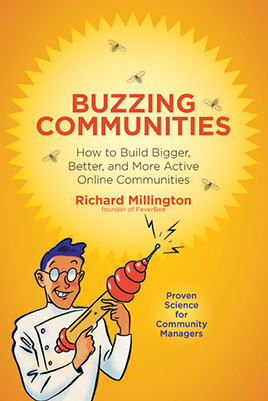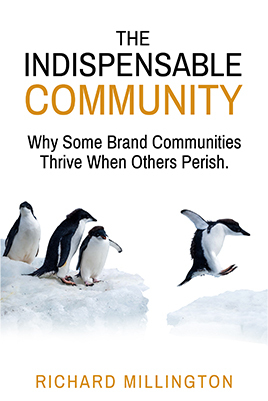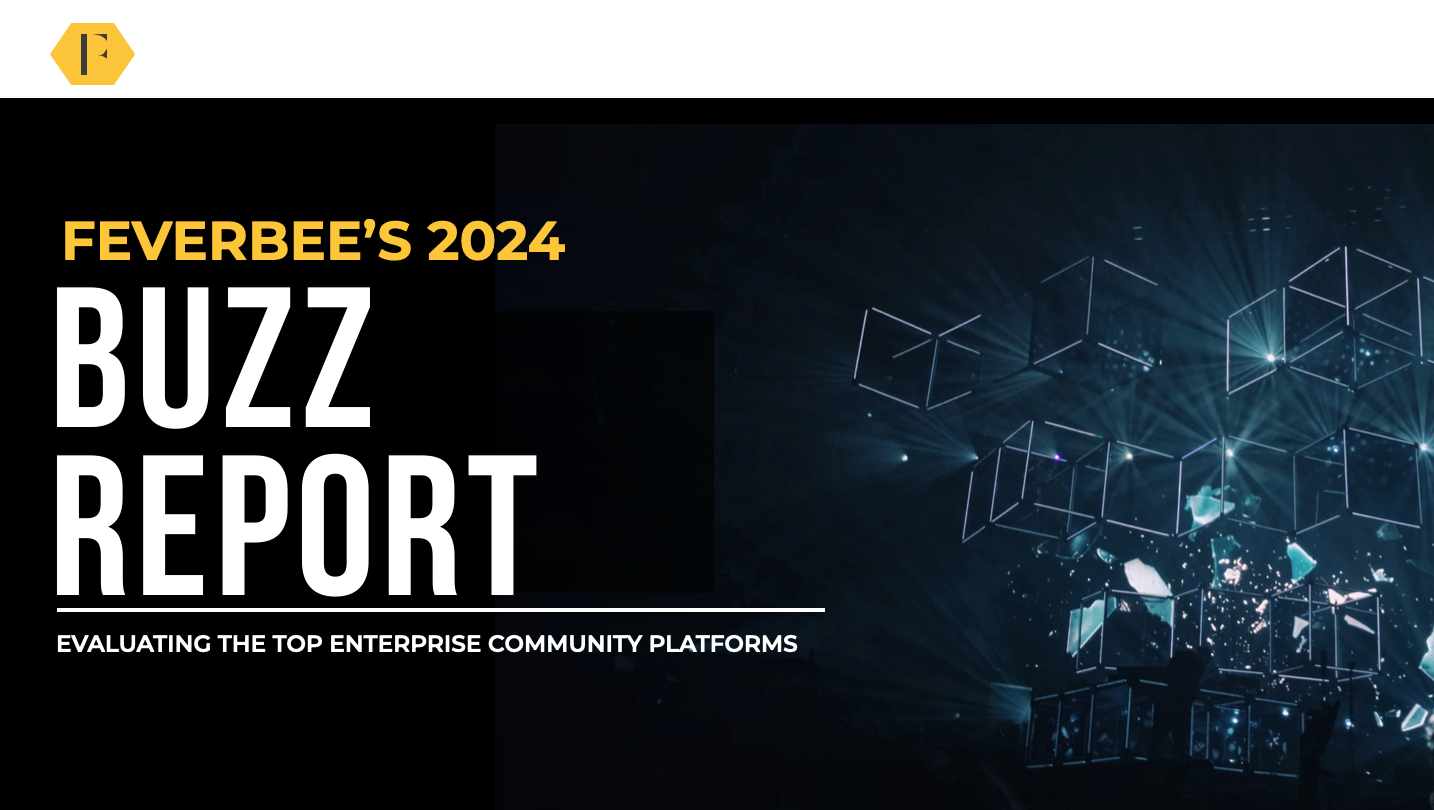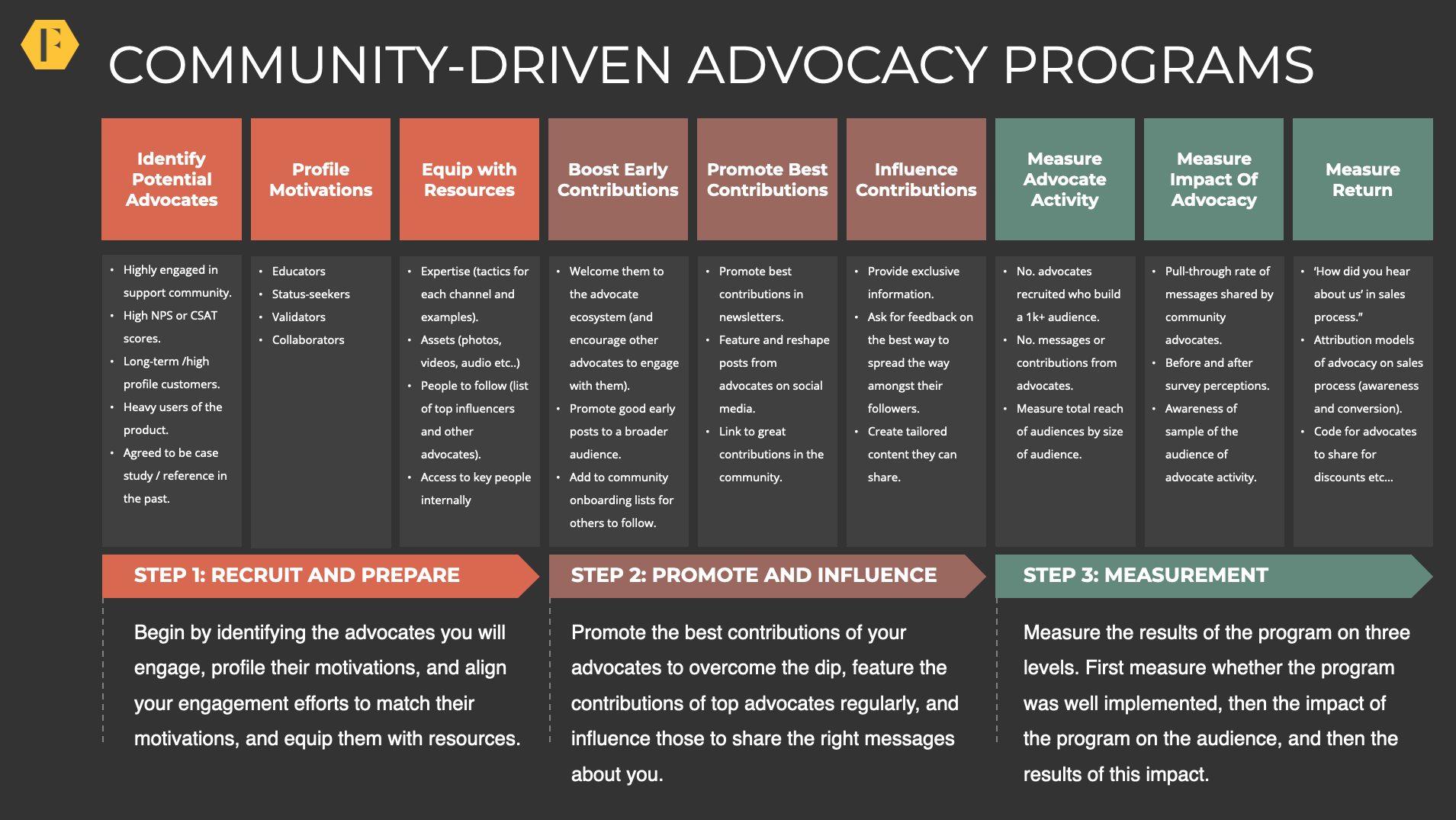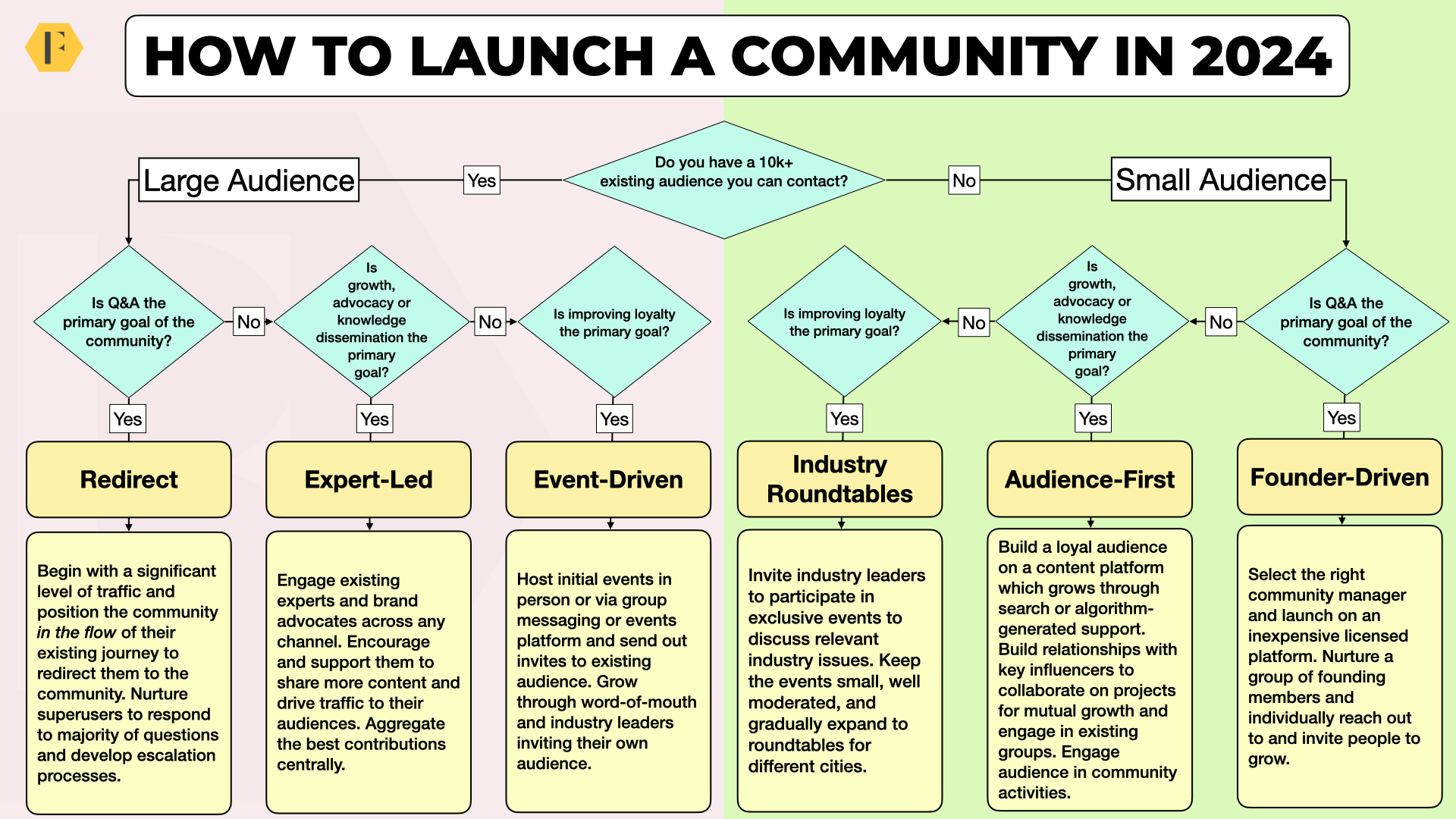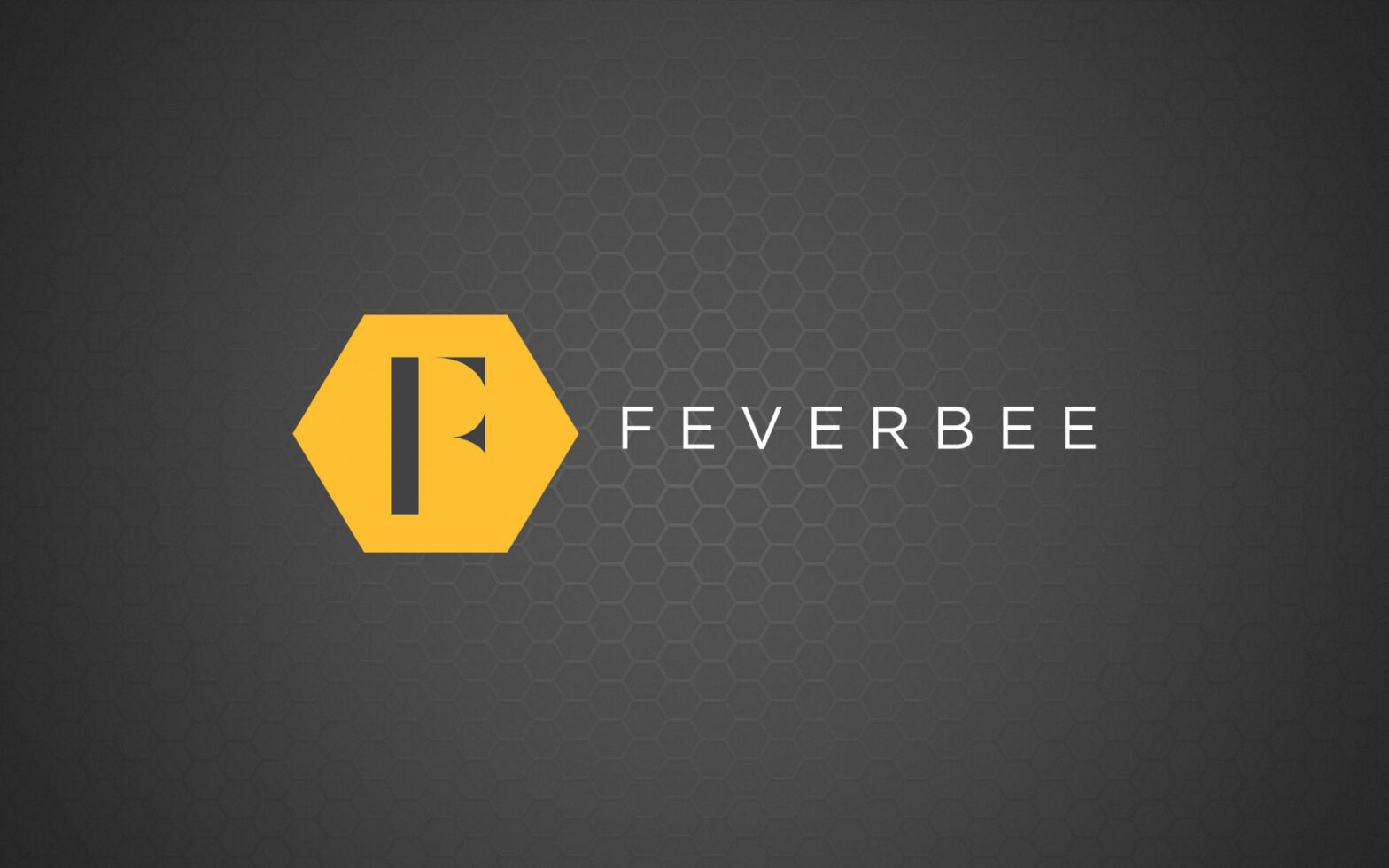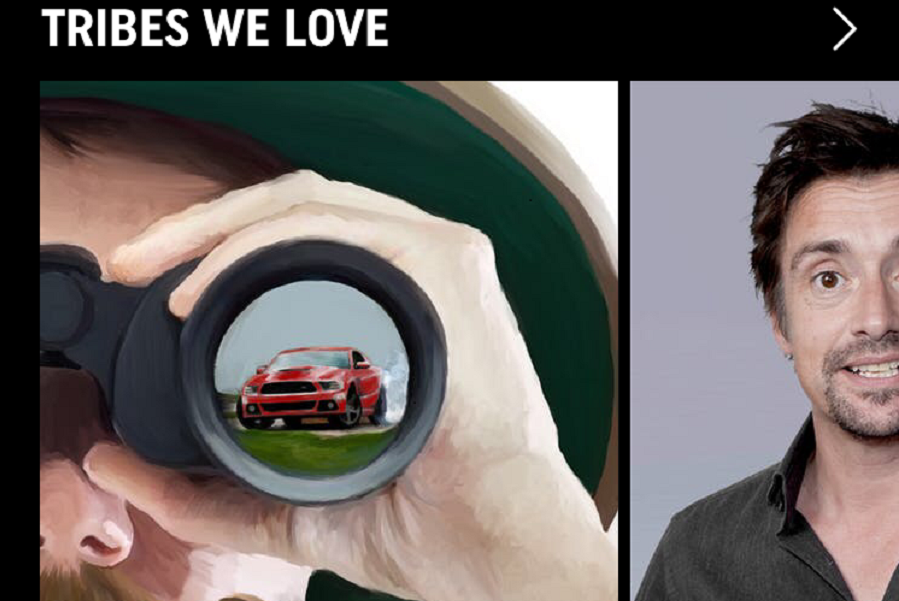In the next few weeks leading up to the launch of our Strategic Community Management and Psychology of Community courses (enrollment now open), we’re going to breakdown some of the key principles behind our most successful community strategies.
Our goal is to distill the key lessons from our work with hundreds of communities (Facebook, Google, SAP, Novartis, Oracle, The World Bank, Wikipedia, Greenpeace etc..) into key principles that might help you rethink your strategy and approach.
